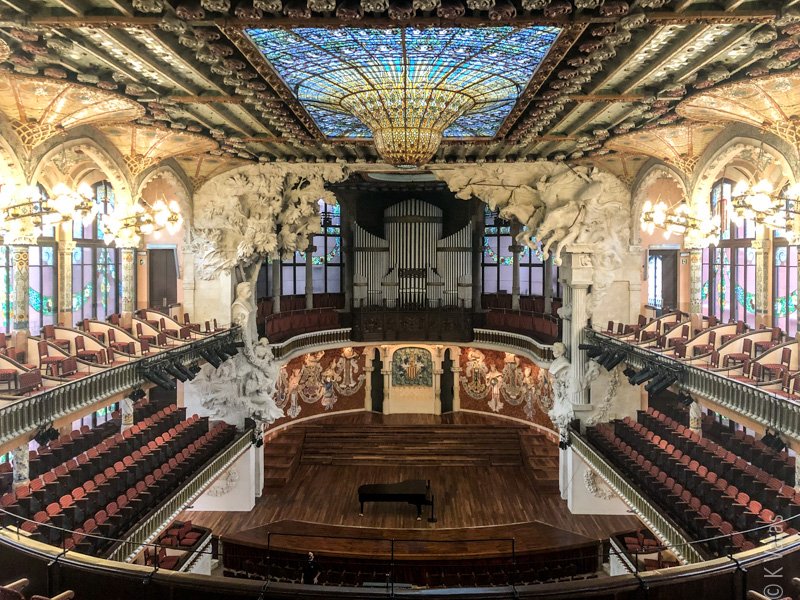
Palau de la Música Catalana
There is no place on earth I would like to experience a musical event more than in the Palau de la Música Catalana. It has been my dream to do so ever since I first heard of this place a few years ago and I got, oh, so close! Just after booking my ticket to Spain back in February, I started looking at which concerts were going to be on in June. There seemed to be so many different shows it was actually difficult to choose! Not only were there regular classical music performances but also big names in jazz, pop, flamenco, among others. Immediately, I picked out three but … held off clicking the “buy” button. When it comes to buying tickets way ahead I tend to take my time for some strange reason but, as it turned out, in this particular case it was the smart thing to do. Within a week all those performances were cancelled and I had saved myself the hassle of getting my money back. The disappointment, however, was just salt in the wound.
So, imagine my excitement when I found I could get a guided tour at a very reasonable cost and, based on my previous experience in museums, I didn’t think it would be with a crowd. The Palau is in the Sant Pere neighbourhood, nestled tightly among other buildings, in a space way smaller a monument of its stature would normally occupy. As I made my way down a small, tree-lined street, I realized that it was right there, next to me … and I was already in awe. This is a building that amazes from every side, and I got to see all three sides before the tour started (I got there early). There are only three sides as the fourth wall is shared with another building. One side is on a little plaza and it used to be hidden as well; it is only visible because the building that stood there was demolished a few years back. This demolition revealed a lovely façade which is now behind a glass wall in order to protect it. The little plaza is now part of the Palau’s space, a lovely courtyard with a restaurant and a place for a Marcè concert I got to enjoy as I waited for the tour to start.

At the appointed time it appeared I was going to be the only person on the tour (yay Covid?) and my guide led me to the Rehearsal Hall to watch a video. A few minutes later a couple of other tourists joined me so my private tour became a semi-private one. To be honest, that felt a lot better as it would have felt weird to be shown around solo and this couple from Romania was very nice. One of the first things I learned from the video was that Antoni Gaudí was not the architect responsible for this masterpiece. You thought that too? Yeah, it seems this is a very common misconception, especially since it looks so much like something he would create. But Gaudí wasn’t the only architect in the Modernisme movement. Lluís Domènech i Montaner, his contemporary, built the Palau as home for the Orfeó Català, a choral society that was instrumental in bringing choral music to the masses in early 20th century.
After the video, the four of us made our way up the glorious staircase to the second level as I tried to take photos and not trip over my own feet (I tend to look up a lot, ceilings can be quite fascinating). I also kept trying to imagine generations of symphony goers ascending and descending these stairs in their fancy dresses and tuxedos, the ladies fanning themselves, the gentlemen smoking cigars. I could have been one of them, back in June … though smoking is now, thankfully, forbidden. The upper floor has the beautiful Sala Lluís Millet, used as a meeting place during intermissions. This space also has an amazing balcony with double columns and a stunning ceiling.

After Sala Lluís Millet, we made it to the main concert hall, back at the lower level. I had seen photos of it before but being there in person was a totally unreal experience. It took my breath away. The best thing was, there was nobody else there but us. And a couple of guys setting up the piano on the stage, but they weren’t in the way. As much as I wished I were there for a concert, having the place all to myself like that was perhaps even better. Just imagine, how often do you get a chance to go onto a stage of your favourite concert hall? This would have been a good time to be able to sing — the guide even asked us if we wanted to do so! Unfortunately I can’t sing worth shit: what a missed opportunity.

Among other things, the guide explained the significance of the muses on the back of the stage, as well as the two main “guardians” of the stage: Beethoven under the Valkyries and Anselm Clavé, the Catalan choir director instrumental in reviving Catalan folk songs, under a tree. The front of the stage is the union of classical music (Beethoven) and folk music (Clavé). These muses aren’t technically The Muses, since there are 18 of them and not nine, and the guide did say what they were called but I’ve been looking for a while now and I still can’t find the name she used. I’ll update this when I do. In any case, each young woman is holding a different instrument (except the one whose instrument is her voice) and they’re all depicted wearing various elaborate clothes and headdresses. As with all modernist Catalan structures, this place is full of symbology, both related to music and artists as well as nature and Catalan identity.
We now scaled the stares again to get to the upper level balcony. The view from up there was just as stunning, the whole of the artistry of the main stage visible up close. The ceilings of the sides of the balcony have have names of famous musicians inscribed: Palestrina, JS Bach, Carissimi, Beethoven, and Chopin on one side, and Victoria, Handel, Mozart, Gluck, and Wagner on the other. The stained-glass windows are beautiful and let in so much natural light. Helped by the massive skylight, this is the only music hall in Europe where concerts are held during the day with only natural light as illumination. I’m told the best time to see a concert here is an afternoon matinee. I will have to remember that when booking tickets in the future!

The Palau may not have been created by Gaudí but I feel that Domènech i Montaner with Antoni Rigalt (skylight designer) and Eusebi Arnau (sculptor) did a marvellous job in designing this monument to music and filled it with so much beauty and whimsy. Did you know that Domènech I Montaner built himself a studio atop the main stage where you can see a dome and a skylight … he would watch and listen to concerts from there, totally hidden from the view of the audience? And you wouldn’t believe where the ticket boxes were … inside the massive columns at the entrance to the building! This intimate concert hall (it only seats about 2,200 people) is full of surprises wherever you look so don’t forget to check out more pictures in the Gallery.
At this point the guide concluded the tour and let us explore the whole place on our own! How amazing was that? Well, pretty damn amazing. I immediately tried out seats in the different sections, checking out the sight lines, leg room, acoustics. I had the place pretty much to myself … I must have spent a good half hour if not more just hanging around: I couldn’t leave. The Palau de la Música Catalana has left an indelible mark on me. Now I just have to go back and experience a concert … and I see that, slowly, performances are coming back and not a moment too soon! A place like this shouldn’t be quiet for too long.



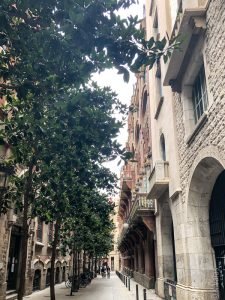
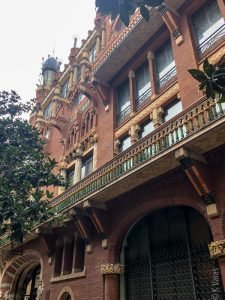

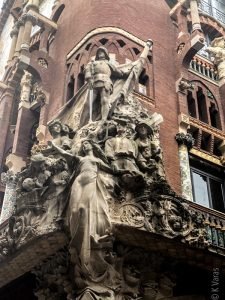
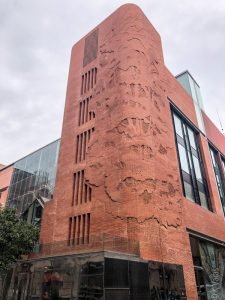
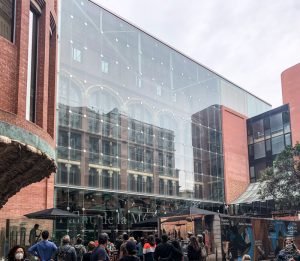

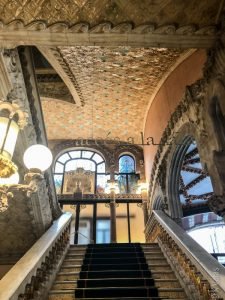
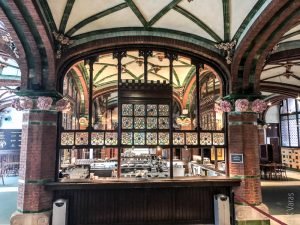
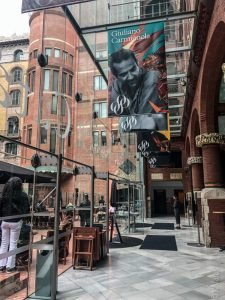
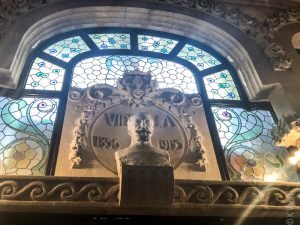
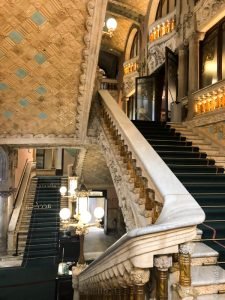

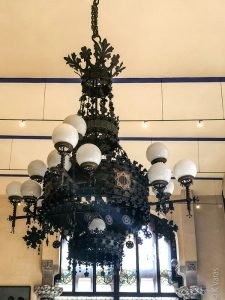
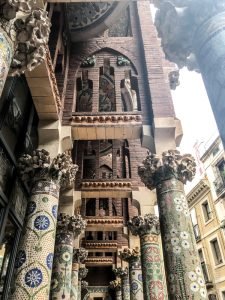
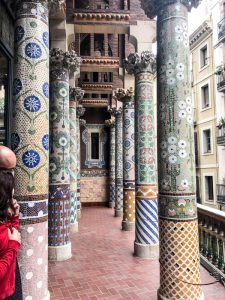
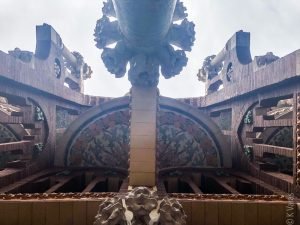

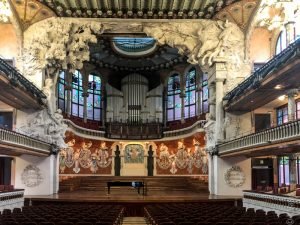
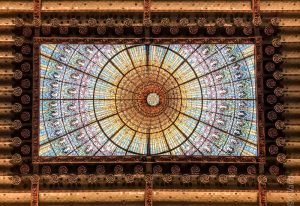

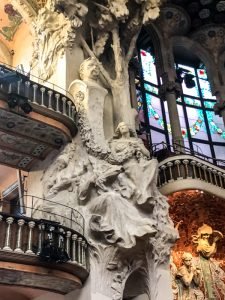

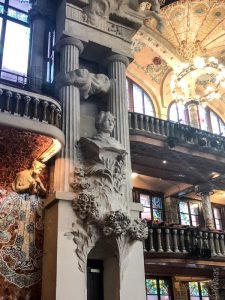

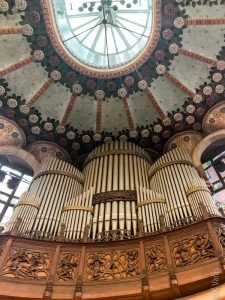
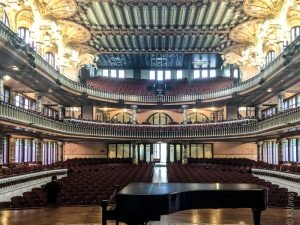
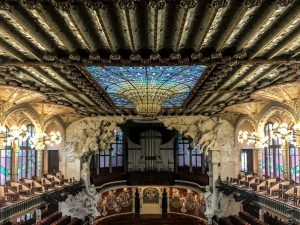
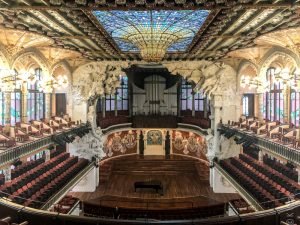
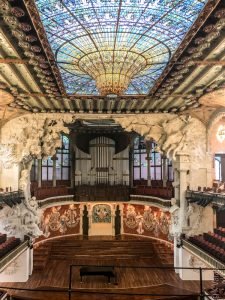
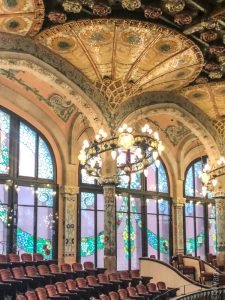
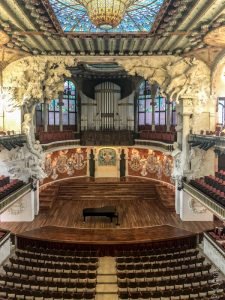
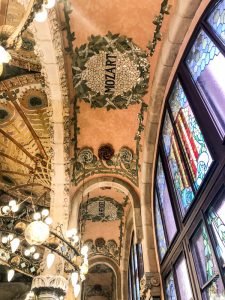
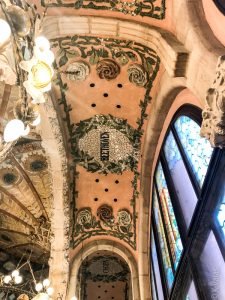
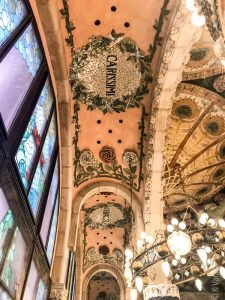
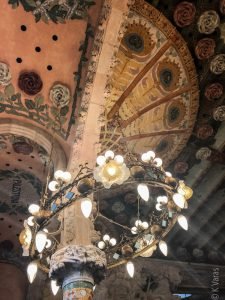
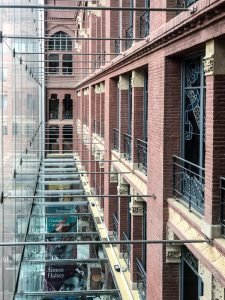
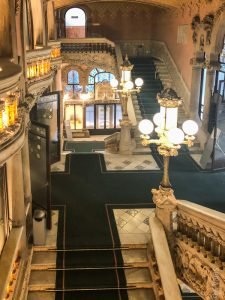
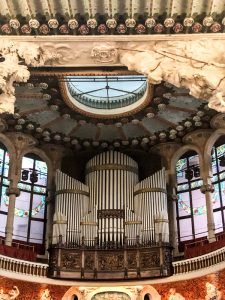
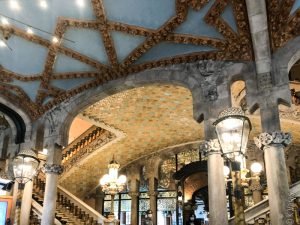
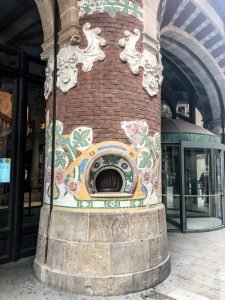

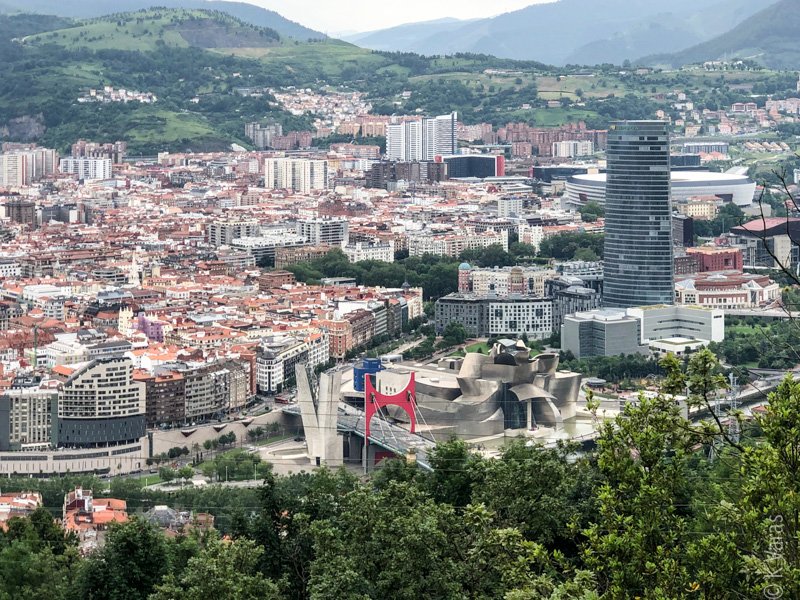

One Comment
Sława
Thank you Kamilko, I have read it all! Your writing is amazing. Love you, BMM❤️